
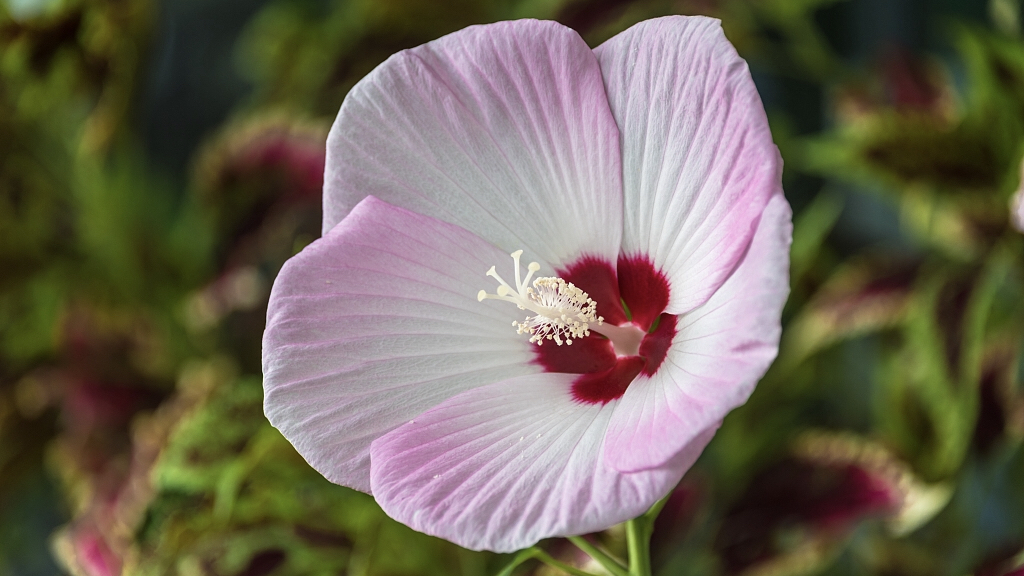
Seijun Nishihata is a modern-day plant hunter. He has searched the jungles and mountains of nearly three dozen countries looking for unique and exotic plants to build gardens back in Japan.
Plant hunters, also known as botanists in the West, risked their lives centuries ago exploring Asia, particularly China, to bring plants back home in the name of science.
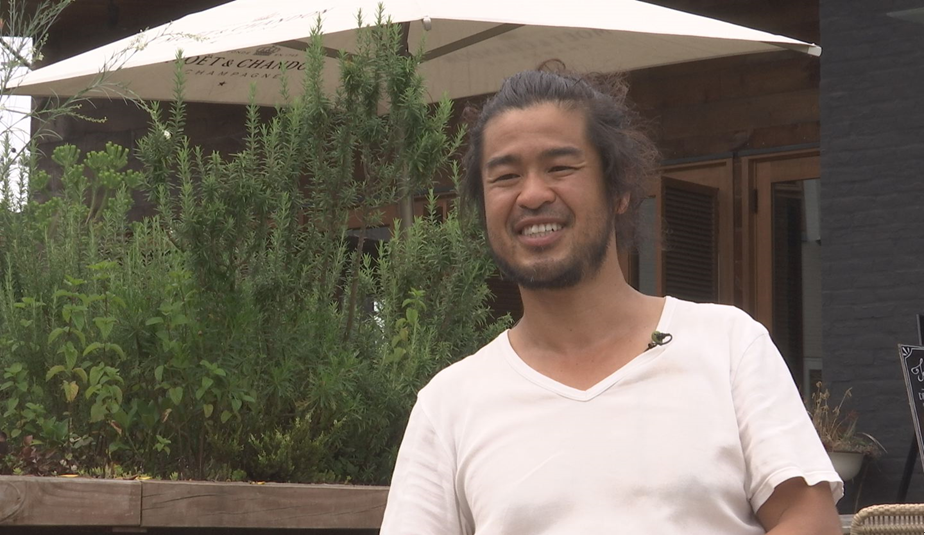
Seijun Nishihata. /CGTN Photo
Nishihata is a fifth-generation flower wholesaler and comes from a family with 150 years of horticultural experience. His life has always been surrounded by plants. But initially, he had no interest in succeeding his family business.
His life-changing moment came at the age of 21 while he was traveling the world as a young student. He remembers receiving a phone call from his father, who was in Borneo, Malaysia, at the time. His father told him about the Nepenthes rajah, dubbed the world's largest carnivorous plant. It was located atop Mount Kinabalu, and Nishihata was determined to find it. When he reached the mountain and found the flower, he was blown away by its "grotesqueness." From there, he continued to study and learn about the potential of plants. And upon his return home, he entered his family's horticultural business and embarked on his career.
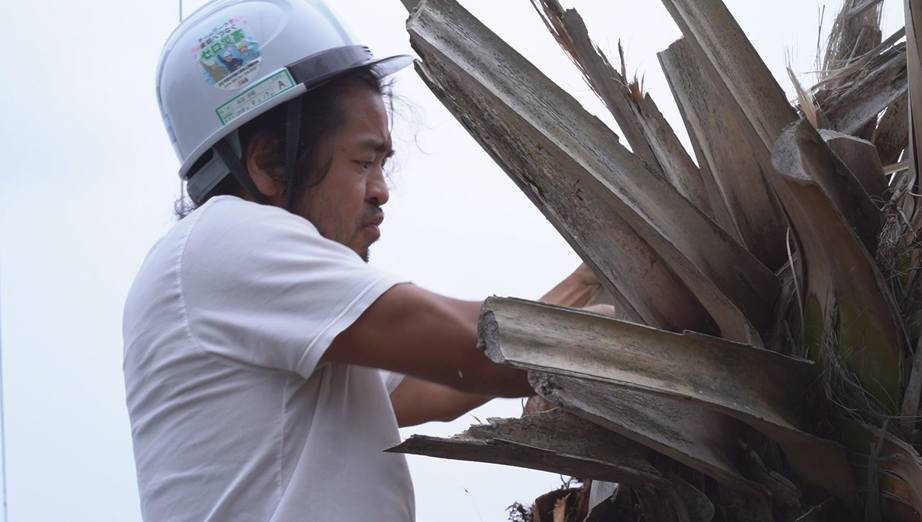
Seijun Nishihata is working. /CGTN Photo
In 2012, Nishihata launched his own company, Sora Botanical Garden, which offers horticultural consultation to local governments, architects and private companies. His company now buys and sells roughly 200 tons of trees and flowers every year.
To save money and time, plants can be easily purchased online with the click of a button. But Nishihata prefers to travel and search for plants that are perfect for each project. "Every plant has its own story, every site has its local history and every project has a concept…I travel so I can understand for myself what are the right plants I should deliver (to clients and projects)."
“I don't (like to) do my own designs. I (like to) get hints from clients and from the history of the local area (and reflect them in our garden designs) when I select the trees or plants (for each project)," he says.
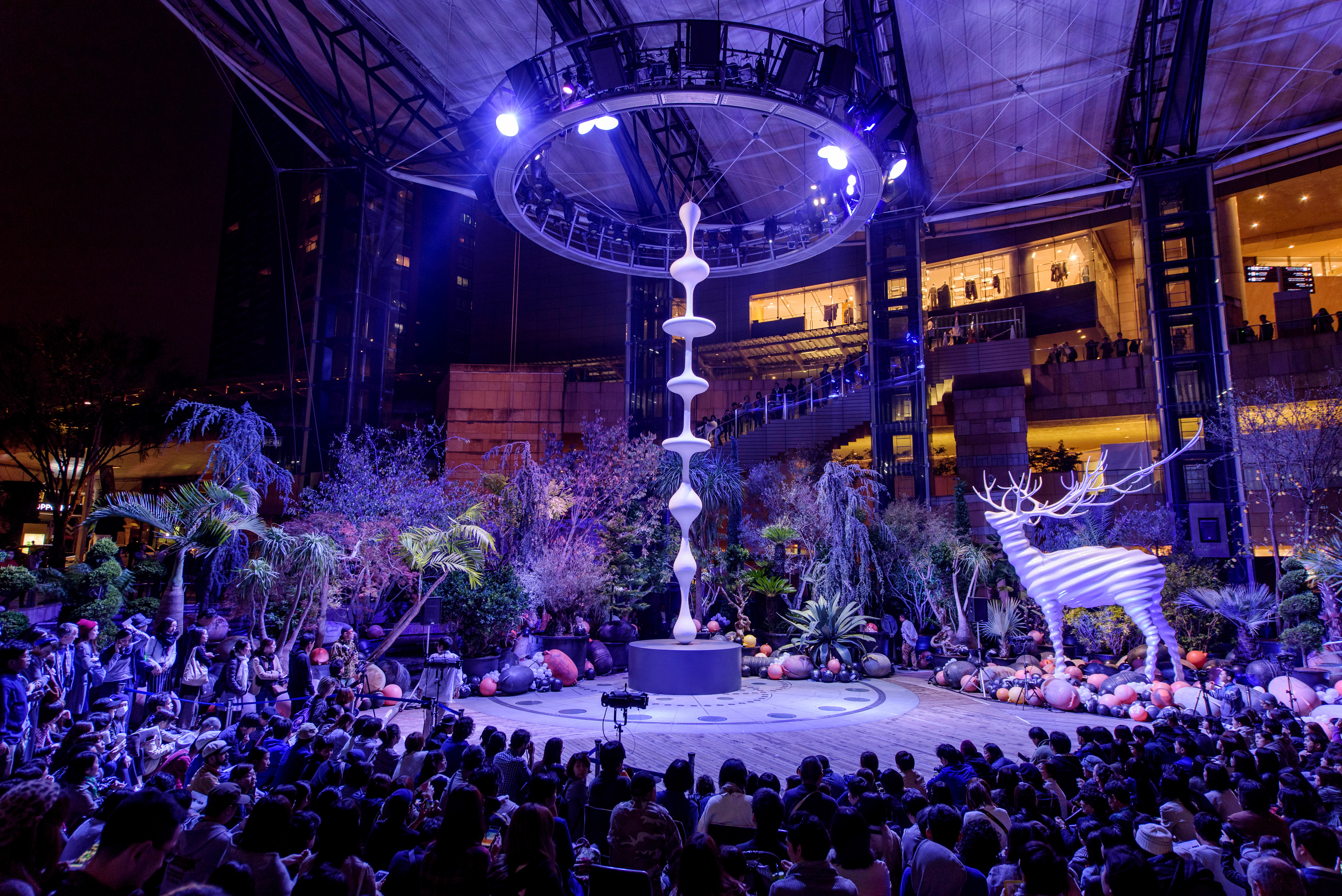
The Roppongi Art Night. /Photo credit to SORA BOTANICAL GARDEN
One of his most memorable projects is the Greatest Christmas Tree project. This involved erecting a 30-meter tree in Kobe, Japan. In 2017, 1.4 million visitors saw the tree, according to his company.
Nishihata sees growing demand of urban green projects over the next decade. He says more companies are starting to incorporate gardens in their facilities' designs as a way to boost branding and expand their social media presence.
Asked about what he would call himself, Nishihata answers, "I'm a plant lover," and added he will "travel anywhere in the world" if there's a need for him to create a garden.
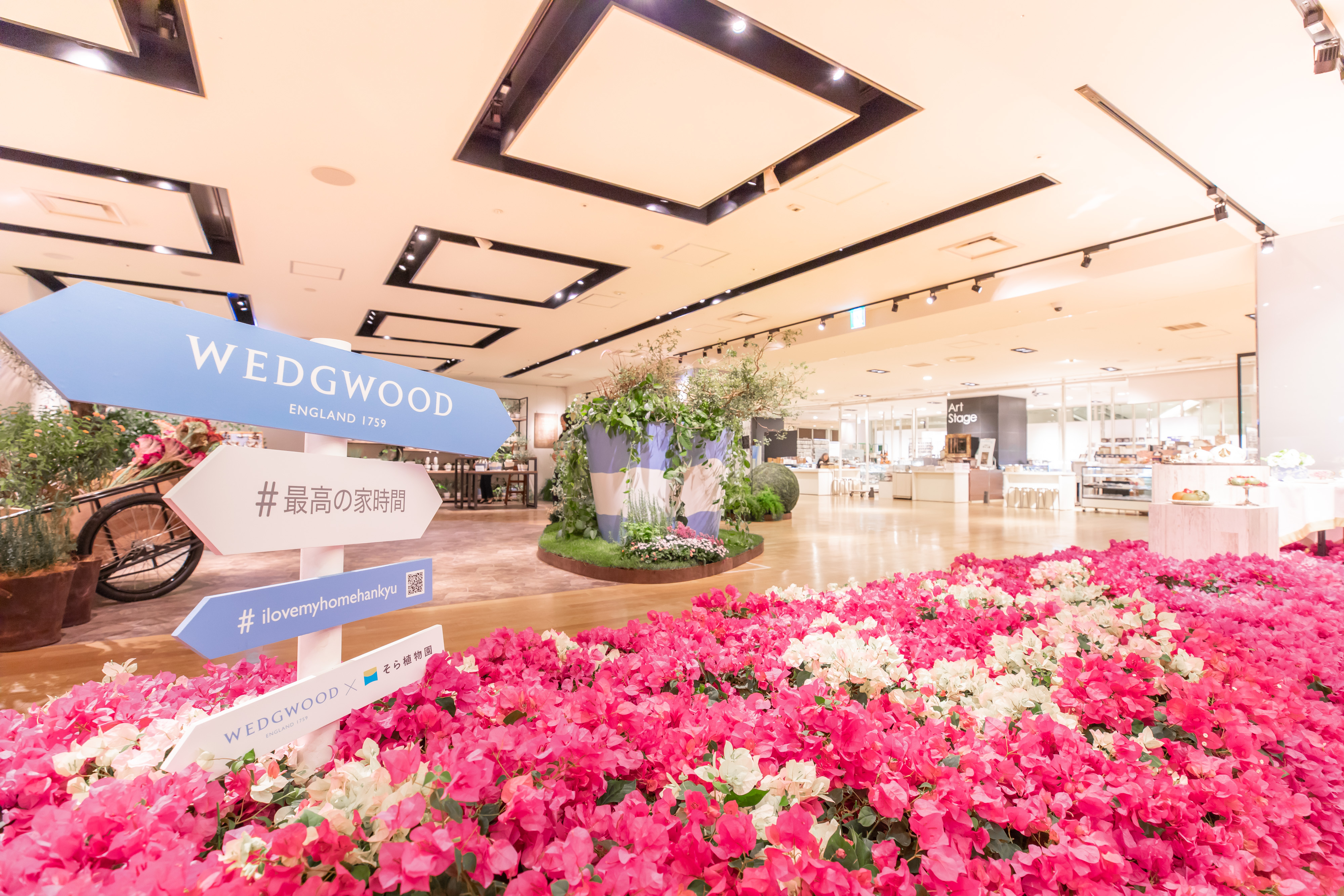
The Wedgwood garden. /Photo credit to SORA BOTANICAL GARDEN
(Cover image via VCG.)
(If you want to contribute and have specific expertise, please contact us at nature@cgtn.com.)

Copyright © 2018 CGTN. Beijing ICP prepared NO.16065310-3
Copyright © 2018 CGTN. Beijing ICP prepared NO.16065310-3